Traveling to Ethiopia requires a minimum stay of 10 days to fully enjoy it. Indeed, the country is very large, and you have to plan the transport times, even when you do not travel the entire country!
In a previous article entitled "The three essentials of a trip to Ethiopia"I have tried to describe 3 character traits of the Ethiopian people that make them endearing.
Now I would like to tell you a little more about some remarkable sites in Ethiopia. I have selected 11 of them in this presentation, even though this great country (twice the size of France) has many others, whether natural or resulting from the creativity of Ethiopians.

It is therefore not the purpose of this article to list all the beautiful places in Ethiopia, nor to give an exhaustive description of each of the 11 sites mentioned, but to give in a minimum of pages, quick reference points to those who plan to travel in Ethiopia.
Travelling in Northern Ethiopia
1. The Capital City Addis Ababa
Travelling to Ethiopia is not conceivable without an arrival or departure from Addis Ababa "new flower" in Amharic. In the Oromo region, Addis Ababa is the capital of Ethiopia. Situated in the centre of the country between 2300 and 2600 metres above sea level, it is a large metropolis of more than 7 million inhabitants, which has been home to the headquarters of the African Union since 1963.
Addis Ababa is a compendium of modern and traditional Ethiopia.
It is a modern metropolis with its motorway access roads, buildings and department stores, railway line and station, large renovated airport, international hotels, university... It is also a city proud of its history and which has preserved its traditions.
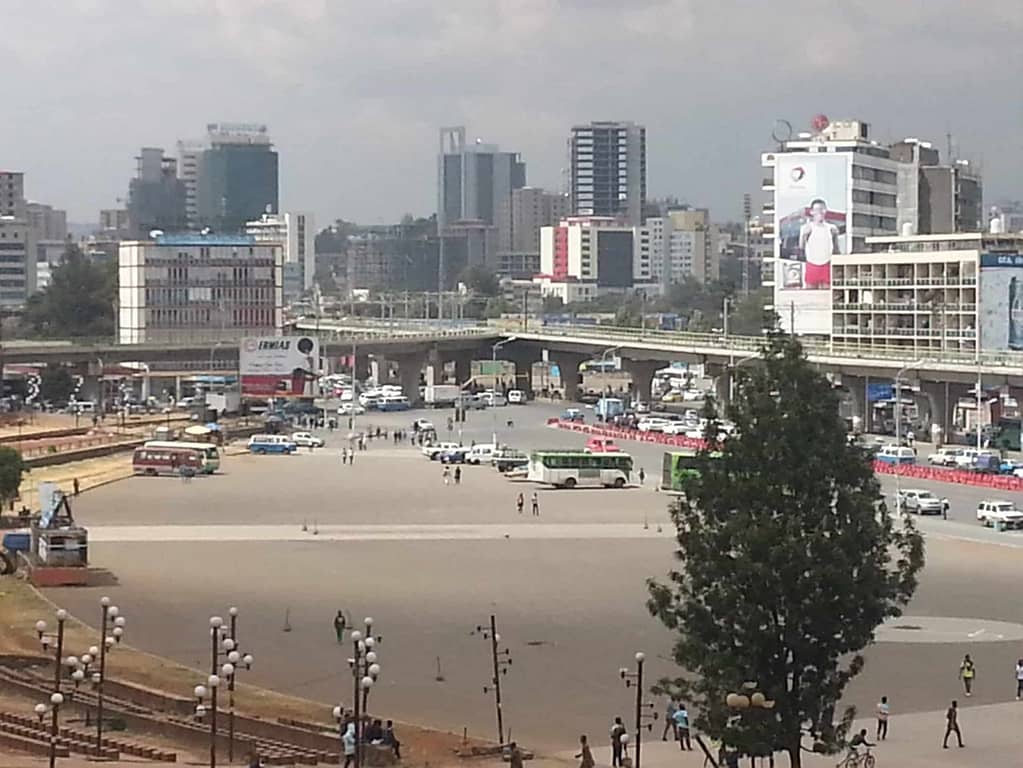

Palaces, museums and churches bear witness to Ethiopia's rich history; for example, the National Museum where Lucy's fossil is kept, St. George's Cathedral, the Museum of the Martyrs of the Red Terror, and many others.
Its markets are just like the country: colourful and full of life, like those of Shiro Meda where you can buy traditional clothes, and the huge Merkato, an open-air market.

On the Entoto hills overlooking the city, are to be discovered, the 1er Palace of Emperor Menelik II, the Orthodox Church Mariam and the National Training Centre for Ethiopian Runners.

Numerous restaurants offer delicious cuisine and the cafés serve you a little black guy who lives up to his international reputation! Coffee tasting (Buna) is here the object of a real rite....
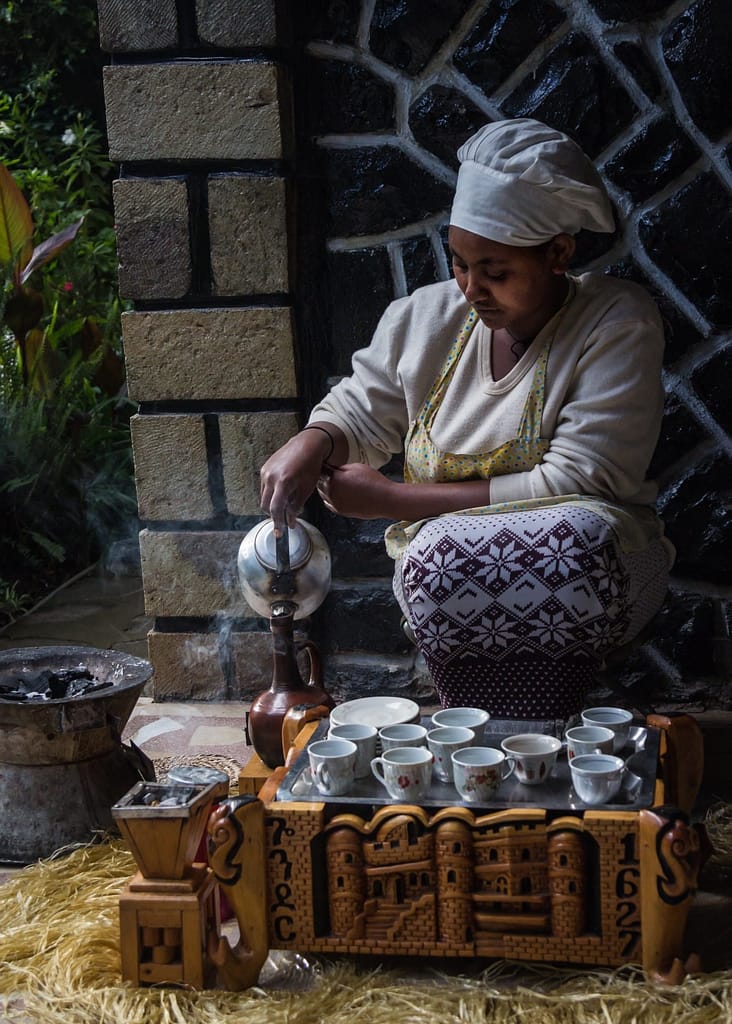
Honey and beer are also national products! For information on the festive and convivial character of the nightclubs in Addis, see the blog article entitled "The three essentials of a trip to Ethiopia"and for the recipe for the injera see the blog post titled " the injera: discovering the basic dish in Ethiopia ».
2. The Lake Tana region and the city of Bahir Dar (Northwest of Addis)
It is in Lake Tana, at an altitude of 1800 metres, that the Blue Nile has its source. With a diameter of 70 km, it is the largest lake in Ethiopia. You will go by pirogue to some of the many islands of the lake which shelter monasteries and sanctuaries on whose walls and ceilings sumptuous iconographic paintings tell the story of the Bible. You will be enchanted by the beauty and serenity of these places.
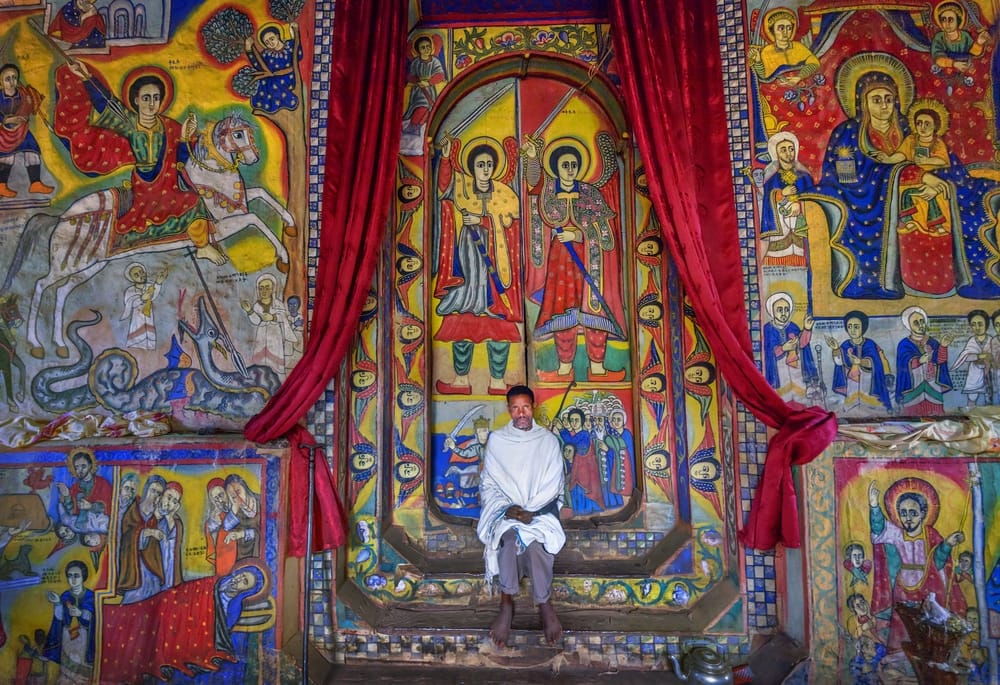
Among the best known islands are those of Nerga Sellassié, Debré Mariam, Kebran Gabriel, Dega Estefanos, as well as the Zeguié Peninsula.
You will meet fishermen on their papyrus pirogues and many monkeys and birds (pelicans, kingfishers, cranes, eagles). With a bit of luck, you will see the hippopotamus's emerged part.

Close to Lake Tana is the town of Bahir Dar where it is nice to stay and from which, in addition to walks on the lake, we organize the excursion to the grandiose Blue Nile Falls which can be reached on foot by crossing a superb suspension bridge.



3. Simien Mountains (Ahmara Region)
They constitute a high plateau in northern Ethiopia. The highest peak in the country, Ras Dashen, reaches an altitude of over 4500 meters. A national park of 22000 hectares has been created there. One of the most spectacular landscapes in the world according to UNESCO. It is true that the panorama of mountains and forests stretching as far as the eye can see is breathtaking. The canyons impress the walkers or the amateurs of treks of several days.

The Simien Mountains offer us a particularly rich fauna. Three endemic species have settled here: the Gelada baboon, the Abyssinian ibex and the Ethiopian wolf. If the last 2 cities are not easy to observe, you will easily meet the numerous Gelada that move in bands.
More than 180 species of birds will delight birdwatchers.
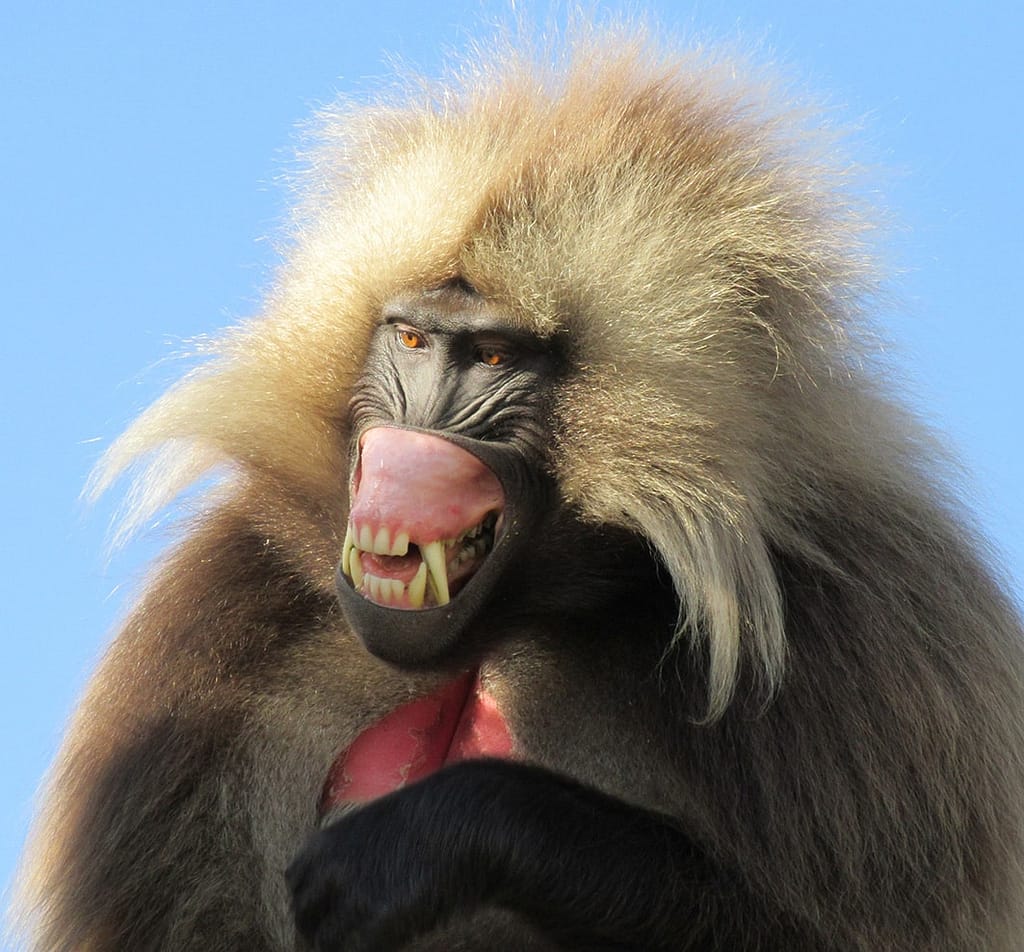
4. Aksum: the city steeped in history (Tigray province, 1100 km north of Addis Ababa)
This city is often presented as the oldest in Ethiopia and Africa. It has archaeological sites dating back to the 1er in the 13th century BC: obelisks, royal tombs, palace ruins. In Aksum, history is mixed with legendary accounts of the relationship between the Queen of Sheba and King Solomon. What is certain is that the obelisks and stelae bear witness to the existence of an ancient civilization that has reached a remarkable level of development.

Several kings and emperors of Ethiopia were crowned at Aksum. Under these conditions, it is easy to understand why this two thousand year old city is one of the religious centres of the Ethiopian Orthodox Church and why its sites are listed as a UNESCO World Heritage Site.
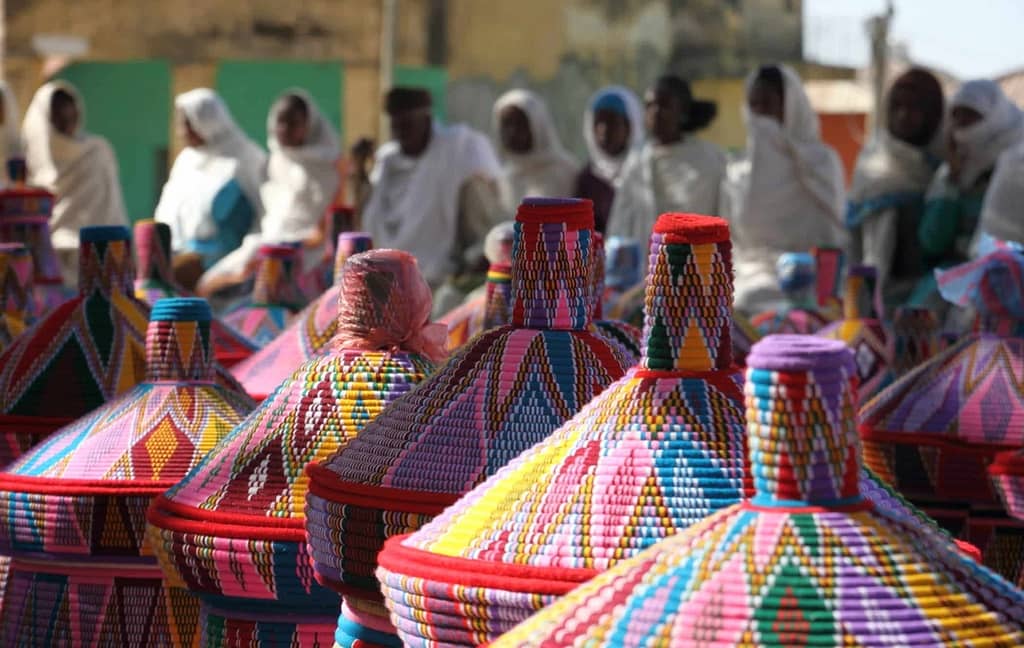
5. The Danakil Desert and the Dallol: the northern part of the Afar Depression.
Although it is one of the most inhospitable places in the world with temperatures of up to 50° (to be avoided between May and September), it cannot disappoint its visitors. It is indeed extraordinary in more ways than one.
First of all, it's a palaeontological site of prime importance. Numerous hominid fossils have been found there, the most famous being that of Lucy...more than 3 million years old. It was discovered in 1974.
About 15 kilometres from the border with Eritrea, the surreal landscape of the Dallol volcano exceeds the imagination of the most extravagant painter with his palette of fluorescent colours combining yellow, ochre, orange, green, red. In the Afar language, Dallol means "disintegration" because of the presence of the burning acid sources that proliferate here with the geysers.
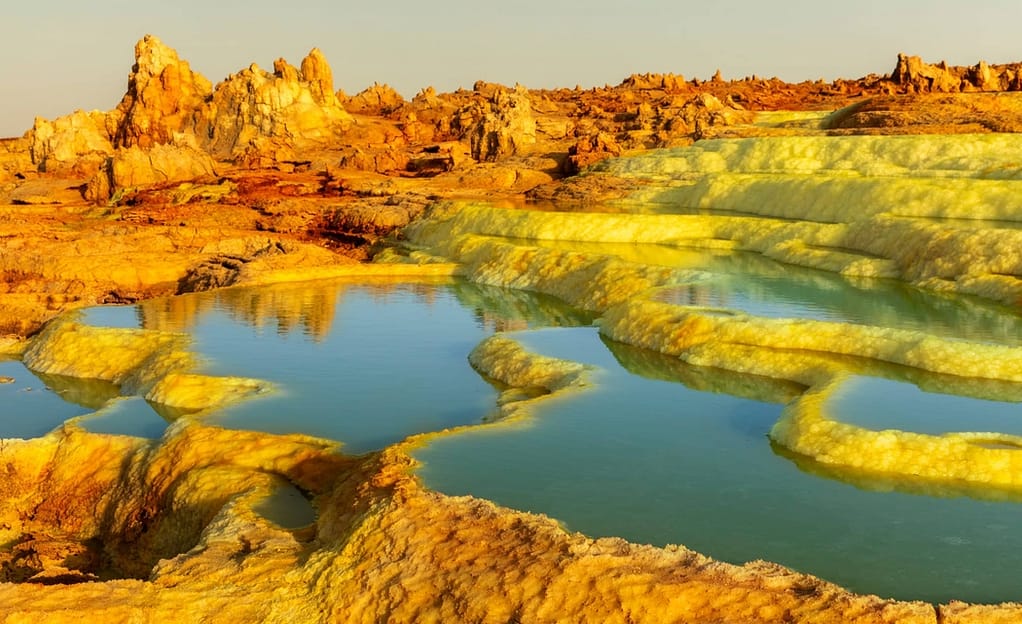
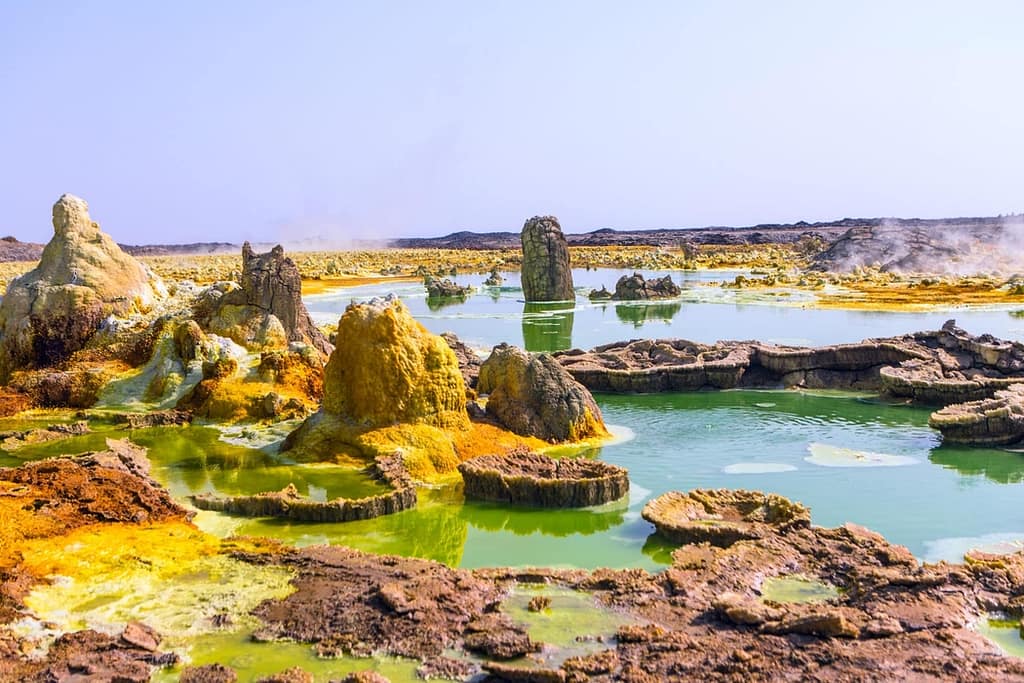
Close to the Dallol, you'll make a foray into the amazing Pink Salt Canyon, where erosion has created monumental salt pillars up to 40 metres high.
70 kilometers south of Dallol, you will find the Erta Ale volcano in permanent eruptive activity (altitude 613 metres). Note that the spectacle of its lake of incandescent lava is not guaranteed because the activity of the volcano conditions the delivery of the obligatory administrative authorization, and the weather conditions do not always allow the necessary visibility. Thus, at the time of writing, the volcano's lava lake is invisible.
You have to go to the Lake Karoum (about 30 kms south of the Dallol), to know the millenary activity of the region: thesalt mining in rudimentary conditions that have hardly changed. Here the men saw and then cut out 10-kilogram slabs of salt, transported on camels to Mekelé, the city that is the obligatory starting point for any "expedition" in this region.

Once again, the courage of the Ethiopian people is being measured in this hostile country.
6. Churches of the Tigray in the Gueralta Massif
The small town ofHawzen perched at 2100 meters altitudeis the ideal starting point for visiting the troglodytic churches of Guerrero.
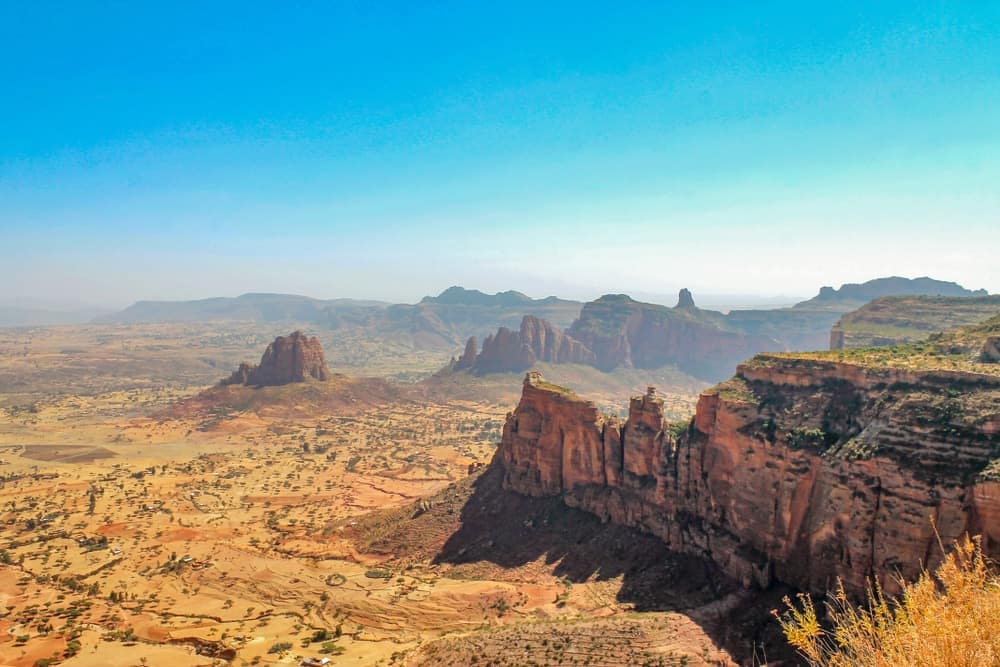
Emotions guaranteed, whether it is the beauty of the landscapes and the atmosphere of fervour and serenity of the place, or the efforts sometimes necessary to reach these places of prayer built close to heaven! These many churches high up in the mountains offer breathtaking views of the surrounding mountains and canyons. They contain beautifully coloured iconographic paintings on their walls, ceilings or columns.

Their difficulty of access is variable: the ascent leading to the church of Abuna Yemata nestled at more than 2800 meters of altitude requires even on a short passage, the use of ropes and harnesses provided by the guide: let's reassure ourselves a little, we start from 2100 meters...
For other churches, the harness is not necessary but the ascent remains sporty and requires not to be prone to vertigo, this is the case of Maryam Korkor.
The walk to get to the church of Abuna Gebre Mikael, requires effort, largely rewarded by the beauty treasures offered on arrival!
Access can be much easier, with even a staircase, as to reach the Church of Abreha Atsbeha.

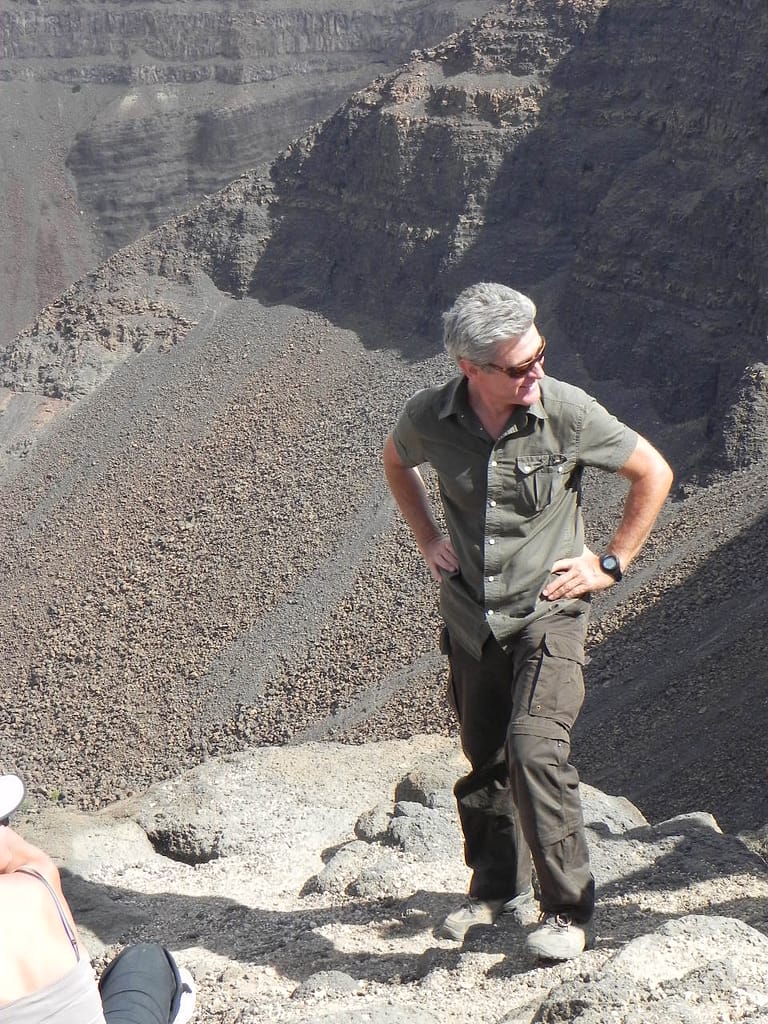
7. The monolithic churches of Lalibela
This is the most famous site in Ethiopia. The photo seen from above of theBete Giyorgis church in the shape of a Greek crossis present on most travel agency websites and the blog of those who have travelled to Ethiopia.
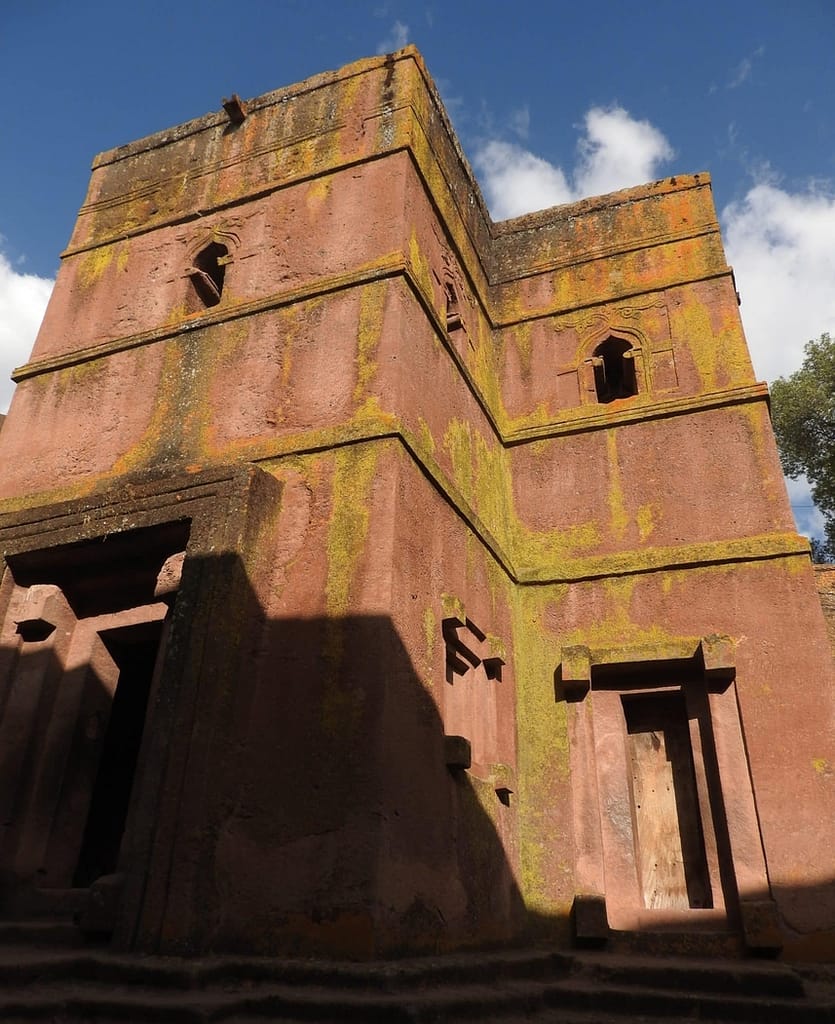
This 22-meter high church (I should say deep, see below) is the best preserved and probably the most beautiful of the site.

In fact, it is not one, but 11 churches, some of them connected by a network of trenches and galleries, which make up this "religious complex" unique in the world.
The main particularity of these churches, is to have been carved into the rock of pink volcanic tuff...below ground level, and all in one piece.
The churches of Lalibela were carved from the 12th century onwards.th century on the order of King Gebre Mesquel Lalibela, who gave his name to the city previously named Roha. It was because of the expansion of Islam and the difficulties of Ethiopian Christian pilgrims to get to Jerusalem that this king had this "new Jerusalem" built. The stream that separates the churches was named "Yordannos", in reference to the Jordan River. The names given to two churches, evoking the holy places, also show the king's will to found a "replica" of Jerusalem (Bete Debre Sina church for the Mount of Sinai, and Bete Gologota-Selassie church for Golghota).
Unlike other churches in the country, there are no paintings on the deliberately purified walls of Lalibela's buildings. However, they do contain many paintings, hangings and sacred books.
In view of the degradation of the monuments, caused by natural erosion, some churches are protected since 2004 by sloping roofs supported by pillars designed by Italian architects.

At an altitude of 2600 metres, the city is a pilgrimage site and also research for the historians, who will excavate there in 2012.
Lalibela has not yet revealed all its secrets...the chronology of the work, its progress and the techniques used are the subject of unconfirmed hypotheses to date...
Travelling in Southern Ethiopia and the Dire Dawa region
8. The Dire Dawa and Harar region
The city of Say Dawa (altitude 1280 metres) was created in the early 1900s by the Franco-Djiboutian Railway CompanyIt is the first terminus of the railway line from Djibouti.
Saying Dawa doesn't sound like the 2th the most populated city after the capital: it is particularly easy to get around by car.
It is pleasant to stroll through Gezira's "European quarter" with its wide avenues and stone buildings, where the museum and palace are located. Here you can visit the old railway station and its workshops and even climb aboard one of the old locomotives...
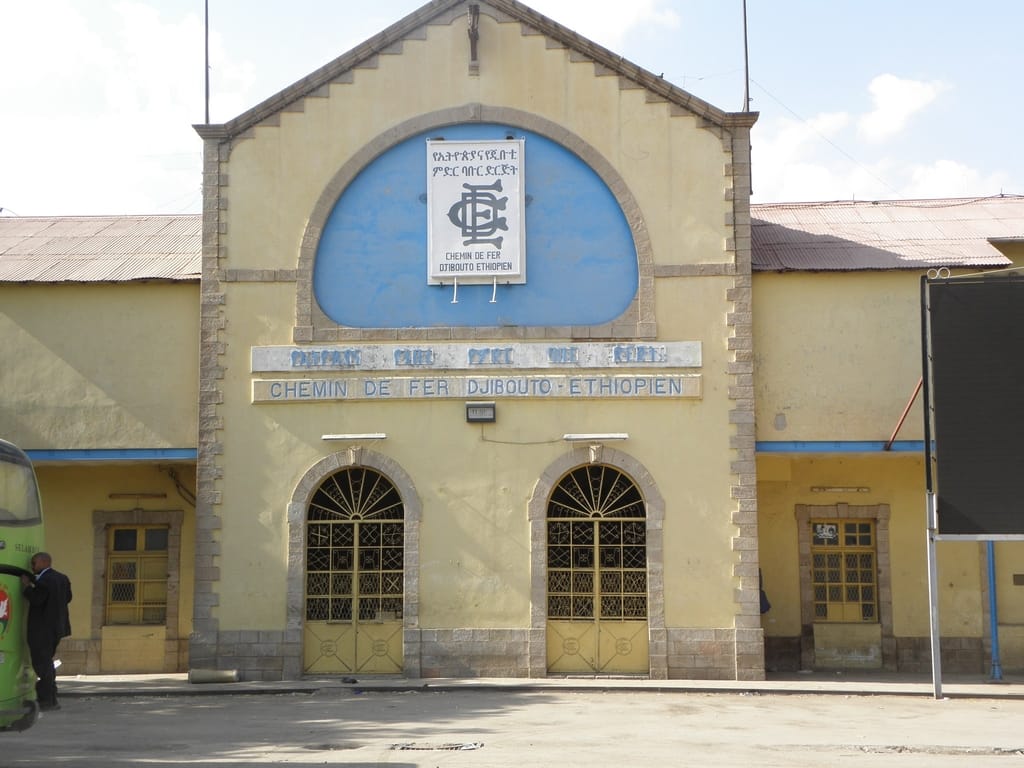
You won't fail to visit the Magala district with its small houses and narrow streets where you will find the city's big market.
Rock carving sites can be visited in the area. About 50 kilometers from Dire-Dawa, you go up to Harar (altitude 1890 m).
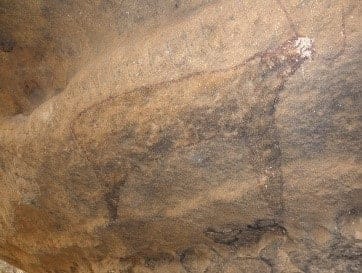
On the way you cross Awaday which is the world capital of khatA plant with euphoric and psychotropic effects, mainly consumed in the countries of the Horn of Africa. Spread on the ground, on trucks, on the backs of donkeys, or carried away by passers-by, khat boots are everywhere! Their density is such that their smell, although fairly neutral, penetrates your car.
The modern city of Harar developed around the ancient walled city.
Harar is sometimes referred to as 4th holy city of Islam. It is true that it is home to 82 mosques (including 3 of the 10th century) and more than 300 shrines dedicated to Muslim saints.

The old town concentrates the main centres of interest. It is very pleasant to wander through its maze of narrow streets, lined with houses painted with lime in shades of green, blue, red ... here the cars are banned from circulation.
On the edge of one of these alleyways, you enter the " Arthur Rimbaud's house ». Although he did indeed live in Harar between 1880 and 1891, the French poet did not live in this house, which is in fact a kind of museum to his glory.

Famous attraction: perpetuation of a ceremony that dates back to "the dawn of time", the show of the hyena's meal is held at nightfalllit by the headlights of a car or a tuk-tuk...the spectator, as long as he doesn't think too much about the power of the animal's jaws, can also participate and give him a piece of meat at the end of a piece of wood held in his mouth.

9. The lakes of the Rift Valley
These lakes are located on either side of one of the two roads leading south from Addis Ababa.
Lake Ziway:
Bordered by sycamores, it covers more than 420 km2, its maximum depth does not exceed 4 metres. This lake is full of fish and its shores are home to many species of birds: pelicans, marabouts, swans, geese, ibis, fishing eagles. Hippos can be seen near the meadows bordering the lake.
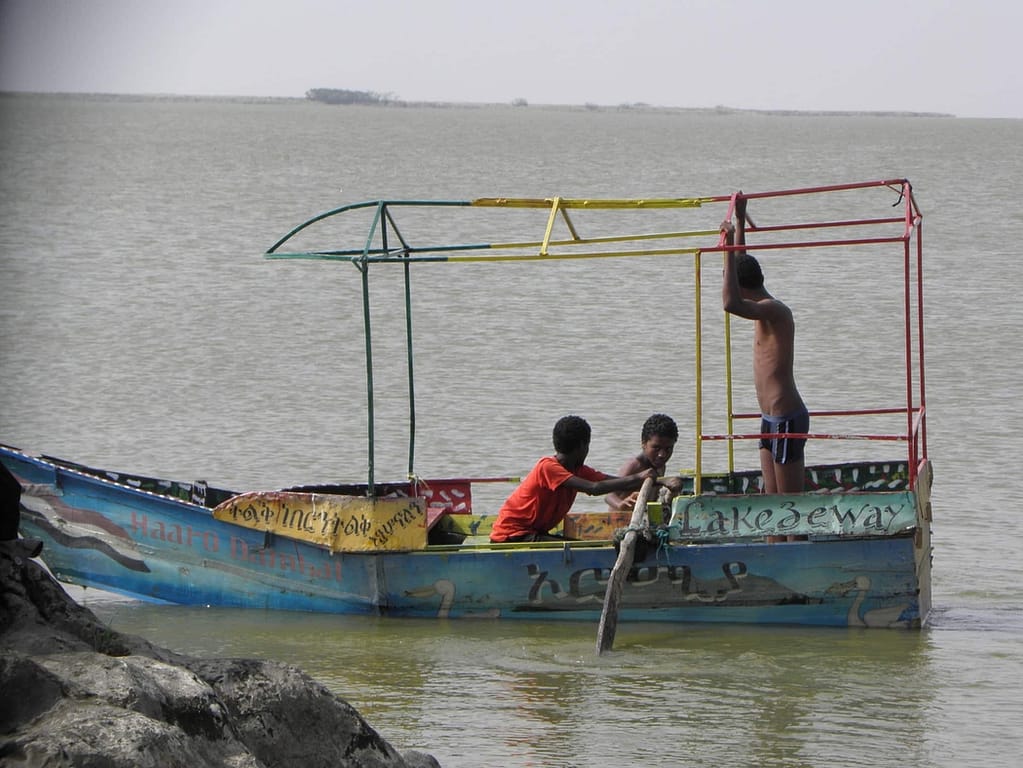
Lake Langano:
Located 200 km south of Addis Ababa, its surface area is 230 km² and it can reach a depth of 40 m. It is the only lake in the country where you can swim without fear of contracting bilharzia, it is bordered by some very comfortable hotel complexes. This place is therefore very popular with the inhabitants of the capital who have the financial means to escape from it on weekends.
The lakes of Abijatta-Shalla :
Located on the other side of the road opposite Langano, they are part of the national park of the same name. The depth of Shalla exceeds 260 meters in some places while that of Abijatta does not exceed 14 meters.
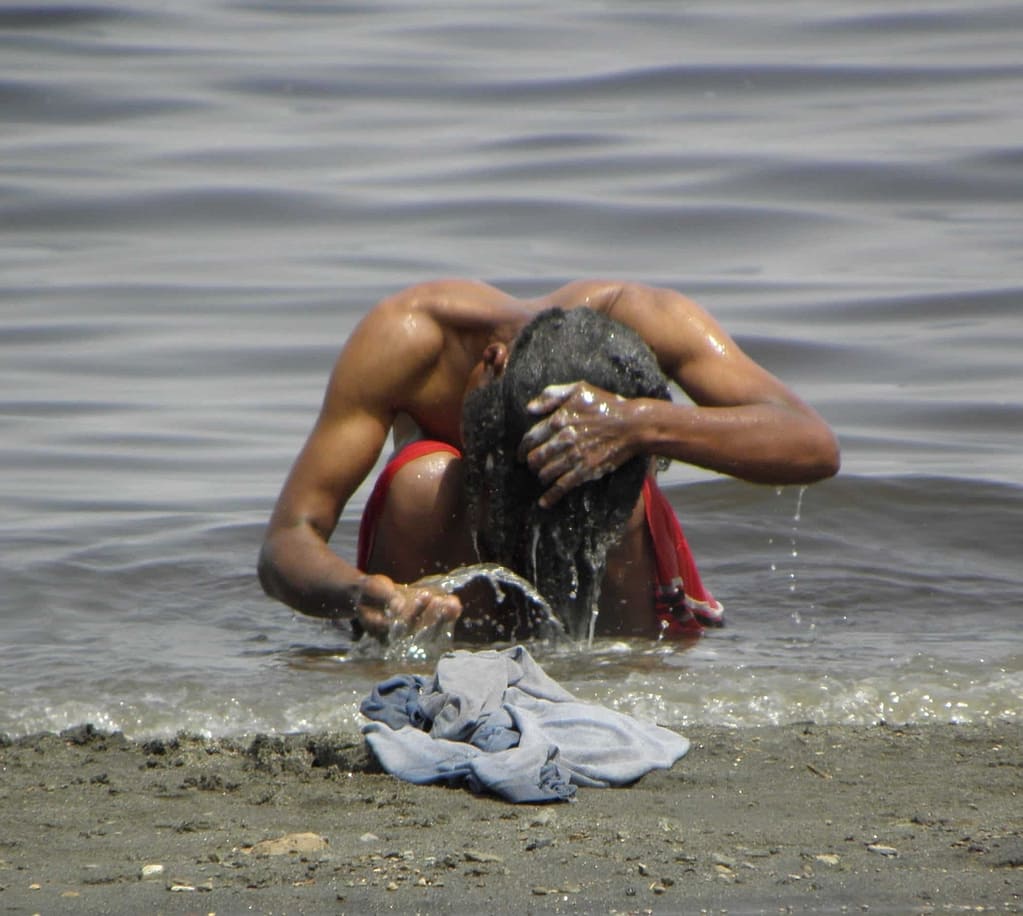

The hot springs north of Lake Abijatta, used by the local population, are the attraction of this reserve, which is also endowed with a varied fauna: warthogs, gazelles and jackals. You will observe many birds: pelicans, marabouts, herons, ibis. The flight of pink flamingos above the lake of Abijatta offers a sublime spectacle.
The hot springs of Wondo Genet village :
On the lakes road, near the town of Shashemene, you will not regret the stay in the green setting of Wondo Genet, where you will enjoy like the local population the baths and showers provided by the hot springs well known here.

Lake Awasa :
It gave its name to the eponymous city built along its banks, which is lively and very pleasant with its shops and tearooms...where excellent juices are served.
Tilapias, Nile perch and catfish, caught at night, are sold at the market in the morning. This fish market is an attraction not to be missed.

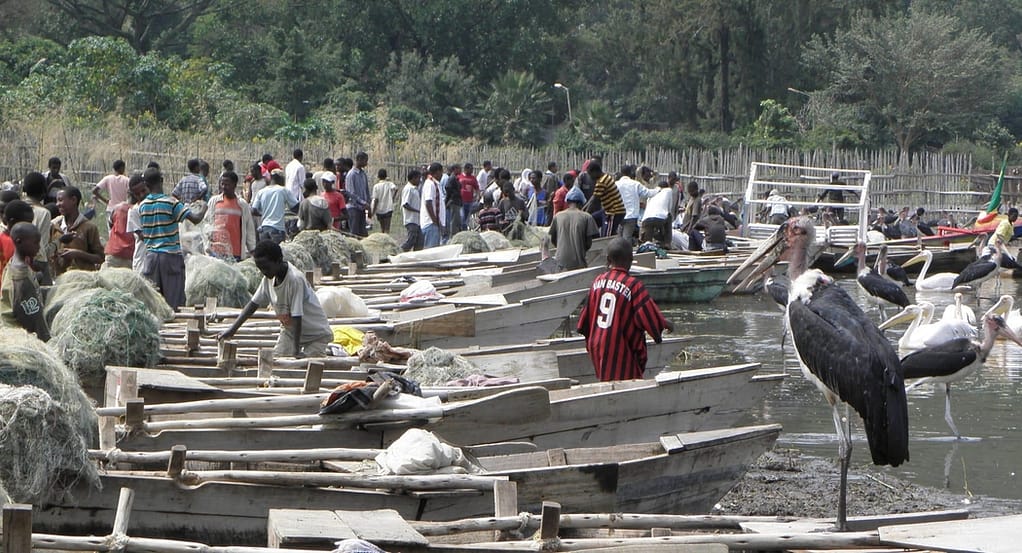

Lakes Chamo and Abaya :
These lakes are dominated by the town of Arba Minch ("40 springs" in Amahrique) which is considered the gateway to the Omo valley. Lake Abaya is distinguished by the copper-red hue of its waters : this colour is caused by ferruginous suspensions. The strip of land separating these 2 lakes is called "the bridge of Paradise". The panorama on the 2 lakes from Arba Minch is superb.
Crocodiles, hippos, and pelicans can be seen here.

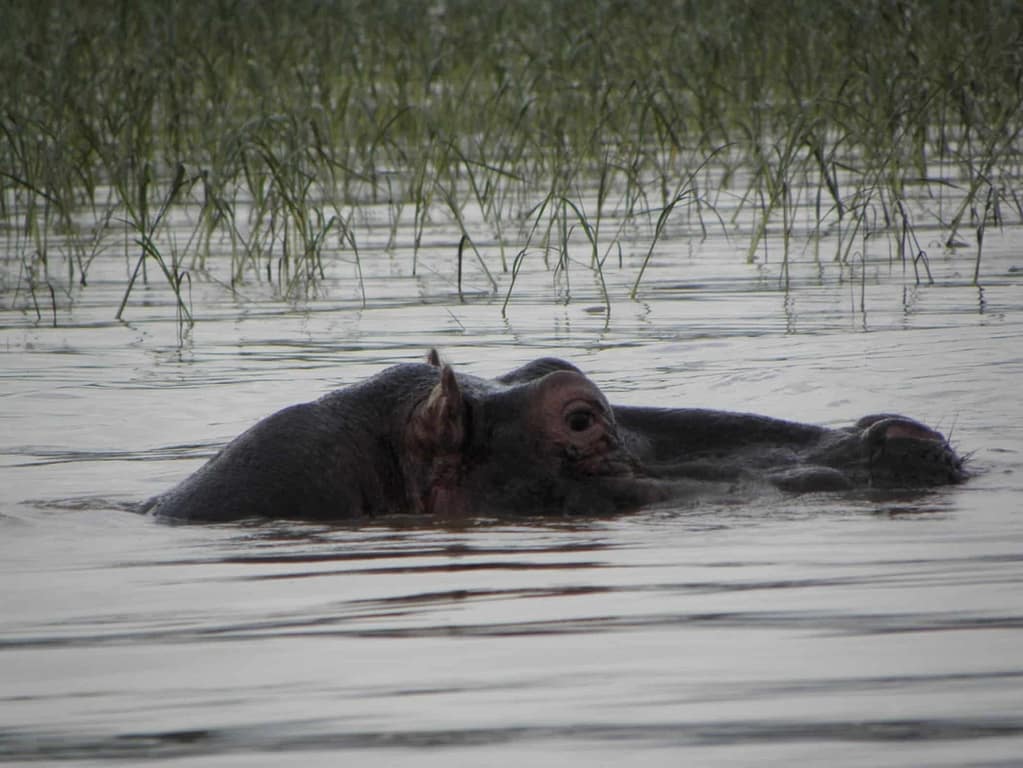
10. The Monts Balés
East of Awassa, less than 400 kms south-east of Addis Ababa, the Bale Mountains National Park extends over nearly 2500 km². This area of very high plateaus is famous for its numerous trekking routes over one or several days, and the landscapes are grandiose. The presence in places of basaltic organs shows that the site was a volcano at a remote time in its history.
Many remarkable places are also accessible by car. The highest road in Africa takes you from Goba to the Sanetti plateau overhung by Mount Tullo Deemtu it peaks at 4377 meters above sea level, it is the 2th Ethiopia summit.

Thanks to its numerous rivers, trout fishermen will find their happiness here.
Image hunters of animals, ornithologists and nature lovers in general, will be fulfilled. The isolation of this region associated with its geological specificities explain the important number of endemic species, both animal and vegetal, which populate the Bale Mountains.
The flora is also remarkable: the amazing lobeliaswith a shaft up to 9 metres high, only grow here.
The presence of very many rodents, attracts birds of prey that can be seen in broad daylight, such as the golden eagle or the great buzzard augurs.
The Bale Mountains are the territory among others, baboons, nyalas (endemic antelope) genets, and of course the emblematic Abyssinian wolf seriously threatened with extinction.

11. The tribes of southwestern Ethiopia
About 800 km southwest of Addis, you will meet the tribes of the Omo valley. Each has its own customs.

- In Dorzé and higher in Chencha (3000 meters above sea level), is the territory of theDorzé ethnicity near the west shore of Lake Abaya. Here the market takes place on Tuesdays and Saturdays. The traditional dwellings in the shape of giant beehives evoke elephants. The gilded ones excel in weaving and pottery.
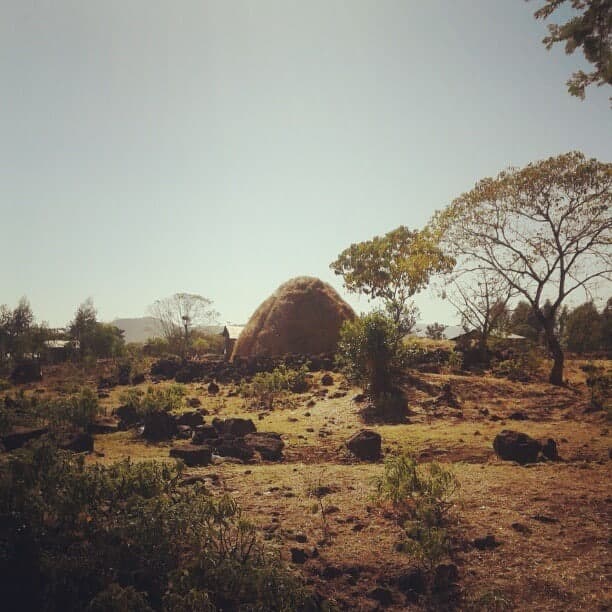
- In Jinkayou'll get to know theAri ethnicitywhich members are farmers, breeders and also beekeepers.
- The Surma and Mursi tribes live in Mago Park. not far from Jinka. These tribes are renowned for the clay lip plate worn by the women (up to 18 cm in diameter). The scarifications commonly practiced show the strength and courage of the men, and the beauty of the women.
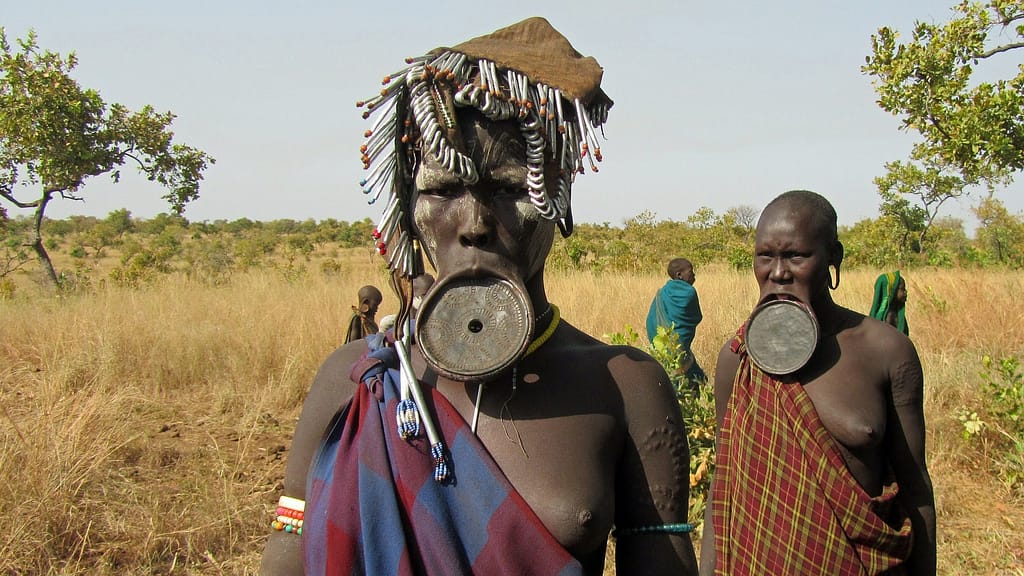
- the tribe Hamer lives in Turmi in the southern part of the Omo Delta; it derives its resources from agriculture and trades its products on the markets. The women dressed in cowhide dresses decorated with cowrie shells, wear large shell necklaces, and wear red clay plaits. The men wear clay headdresses topped with ostrich feathers.
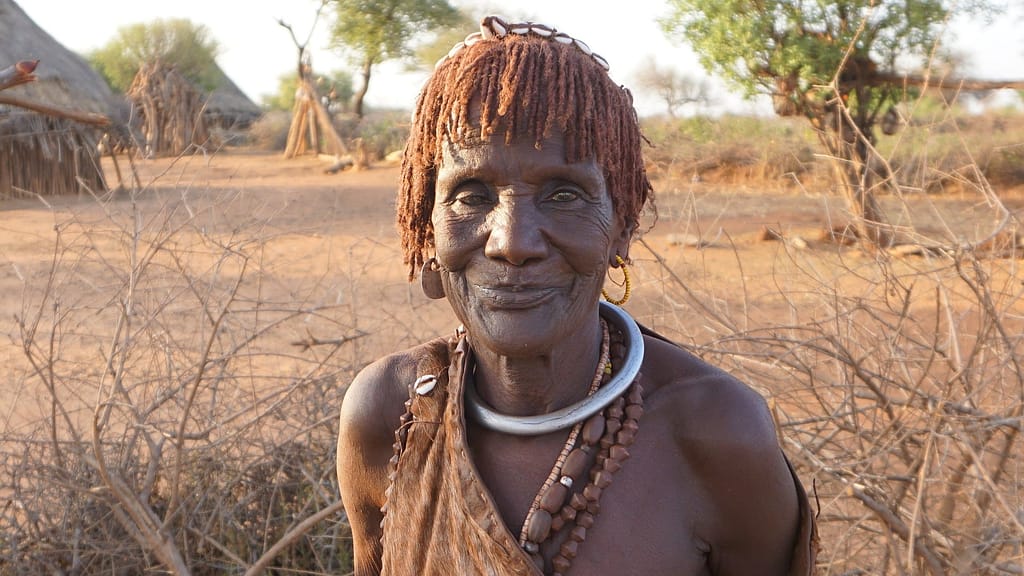
- In the same area at Murulle, the Karo cover their bodies with clay and drawings drawn with white chalk. The ritual body paintings combine white, green, black and red
- Even further south in Omorate, close to the border with Kenya, one finds the Dassanechthe women of this tribe have beautiful hair braided in a mixture of butter and clay...
- More than a hundred kms north east of Turmi, the people of the Konsos has developed the hills of its villages into fertile terraces where they grow cotton and millet. You will admire the cliffs of Gesergiyo carved by erosion that locals compare to the skyscrapers of New York.
The southern markets are an important part of the local economy and the most important social event of the week. The hamer market of Dimeka, on Tuesdays and Saturdays (30 kms north of Turmi) allows to buy sorghum, cotton, tobacco, jewellery, shoes, clothes. At the Key Afer market, on Thursdays, tools, livestock, fruit and vegetables are exchanged. In Weyto, on the road between Turmi and Konso, a market is held every Saturday where Tsemai, Ari and Benna trade.
I hope that this article allows you to see the diversity of things to see and do in Ethiopia! You will find some of the sites described here in the stays proposed on the Africorne websiteand of course, we are at your disposal to prepare a tailor-made trip to Ethiopia!

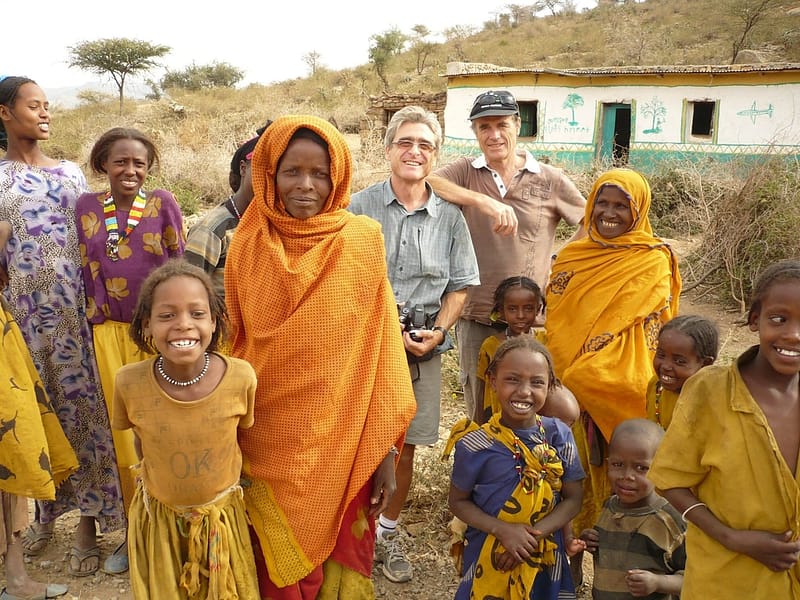
8 responses
Hello
Thank you for this article which makes you want to visit Ethiopia.
Is it mandatory to have 10 days?
Hello, Annick.
10 days is in our opinion the duration for a stay allowing the visit of a complete region with 4×4 travel, being specified that this mode of transport in this country is one of the centres of interest of the trip.
However, it is of course possible to go to Ethiopia for a shorter number of days, if you limit the number of sites or if you prefer to travel by plane, as airports are scattered all over the country.
It is therefore best to contact Africorne Travel who will elaborate your trip according to the number of days you have available.
The discovery of such sites and the meeting of many ethnic groups in the company of Alain, a guide of great professionalism and extreme kindness, can only leave an imperishable memory.
Michel, thank you very much for these compliments, see you soon for a next trip!
Good evening, how do we communicate with the locals during the trip, do we have to speak English or will there be a translator?
Hello Laura
Thank you for visiting the Africorne Travel website. Several ethnic groups live in Ethiopia, however Amharic is the administrative language of the country and the one that is spoken by the largest number of people. But don't worry, you won't have to learn this language, as English is commonly spoken by tourism professionals and many Ethiopians. Moreover, on some sites, the presence of an Ethiopian guide allows you to make the link with the local population.
See you soon I hope for a stay in Ethiopia!
These destinations are a dream..!!!
Hello Gilles, come and transform the dream into a real experience!